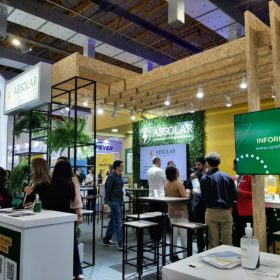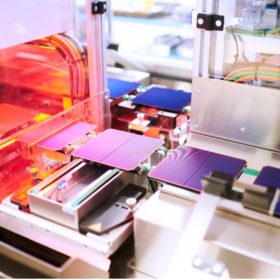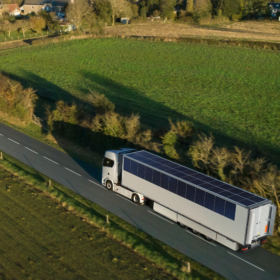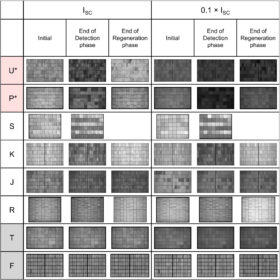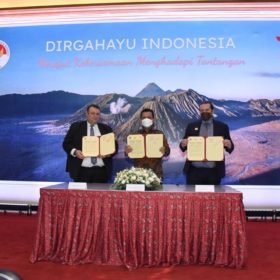Ørsted, Energy Dome partner on 20 MW/200 MWh of CO2 batteries in Europe
Energy Dome has entered into a partnership with Ørsted to run a feasibility study on the deployment of at least one 20 MW/200 MWh energy storage facility featuring its carbon dioxide (CO2) battery technology. The first facility will have a 10-hour storage capacity and construction could begin in the second half of 2024.
Intersolar South America Day 2: Brazilian PV heading towards full market maturity
The second day of the Intersolar South America tradeshow happening in Sao Paulo, Brazil, showed companies’ eagerness for a bigger share of this huge solar market. New certifications, growth of the utility-scale business via power purchase agreements (PPAs), and opportunities for storage were recurring topics.
BayWa r.e. to develop hybrid solar-storage-hydrogen project in France
The Community of Communes of Haute-Saintonge on the mid-Atlantic coast of France has picked BayWa r.e. to develop an innovative hybrid project on the site of the Pôle Mécanique de la Haute Saintonge.
Meyer Burger secures silicon wafer supplies from Norway
Meyer Burger has announced that it has concluded a binding supply agreement with Norwegian Crystals for silicon wafers to use in heterojunction cell manufacturing. Hydro facilities primarily power the production of the wafers and their precursor materials in Norway. Combined with the shorter distance they’ll have to travel, this adds up to a low carbon footprint.
Saudi crown prince bears green energy gifts to Greece, but little action seen
Saudi Arabia’s crown prince traveled to the Greek capital of Athens this week, representing his first official trip to Europe since the 2018 killing of Saudi journalist Jamal Khashoggi. His visit was marked by the signing of several agreements between the two countries and some big statements issued by the Saudi leader regarding green energies and hydrogen.
Vehicle integrated solar to power refrigerated trailers
German VIPV specialist Sono Motors has signed an agreement with French refrigerated vehicle supplier Chereau to develop refrigerated vehicles powered by an integrated solar array. The two companies will build and test a prototype vehicle, and begin to evaluate mass production. Sono estimates that the concept could save around 3,400 liters of fuel and avoid 9 tonnes of CO2 emissions per vehicle, per year.
REC Silicon to restart poly production at Moses Lake in 2023
REC Silicon says a cash injection from South Korea’s Hanwha will help it to resume fluidized bed reactor production at the Moses Lake polysilicon plant in the US state of Washington.
Latest EU electrolyzer pledge could speed up solar permitting
With an estimated 500 TWh of renewable electricity needed to produce the 10 million tons per year of clean hydrogen wanted by the European Union by 2030, the recent promise to ramp up European electrolyzer production capacity could give a boost to solar developers grappling with sluggish permitting regimes.
Scientists, industry players reveal plans for new LETID testing standard
An international research group has published the details of a two-year project to develop reliable ways to assess light-elevated temperature-induced degradation in operational PV modules.
Quantum Power Asia, ib vogt propose 3.5 GW solar-storage project in Indonesia
Quantum Power Asia and ib vogt have set up a new partnership to build a 3.5 GW solar-plus-storage facility in Riau, Indonesia. The developers say the proposed $5 billion project could export solar electricity to Singapore by 2032.

